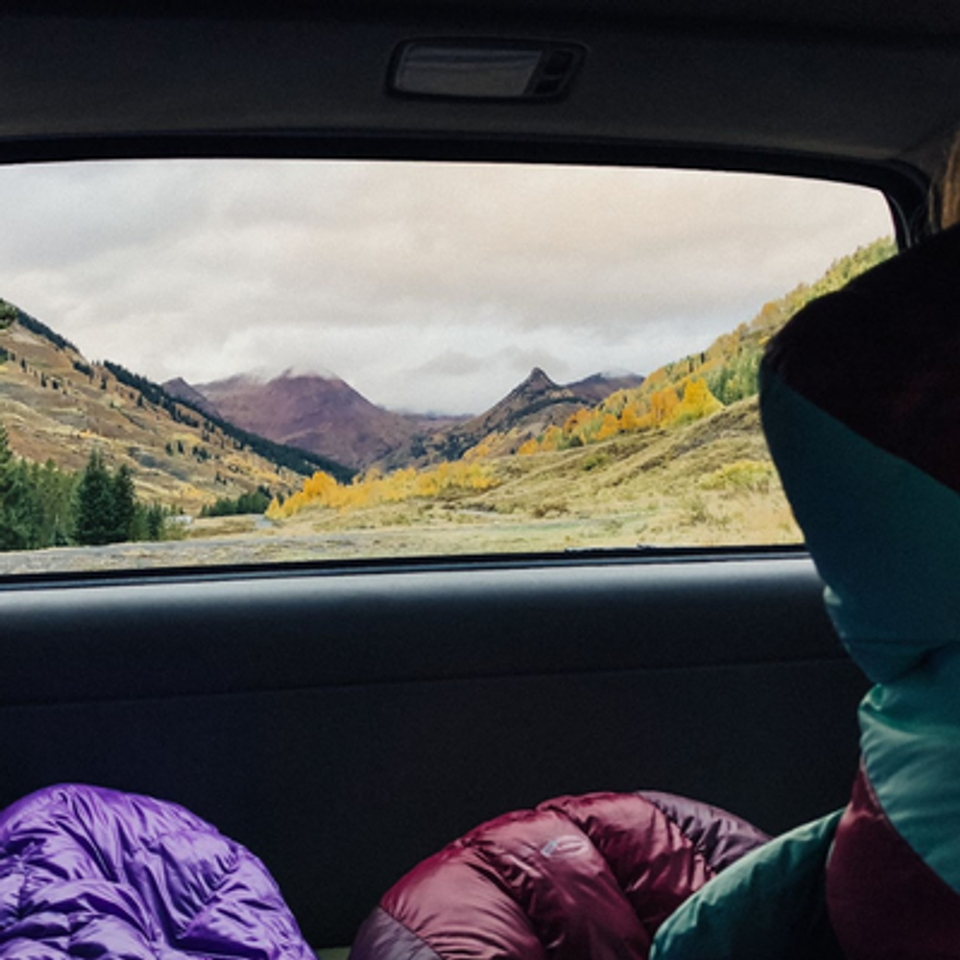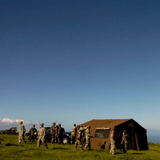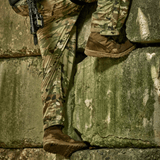Emergency Supplies To Keep In Your Vehicle
Imagine all the everyday emergencies that can occur over the course of a road trip. Getting stuck in a storm, the car breaking down in the middle of nowhere, long waits in evacuation lines, just to name a few. Maybe some of these emergencies have already happened to you, and you wished that you had the right supplies to address them. In these situations, your vehicle also becomes your shelter.
These situations likely will not call for SERE (survival, evasion, resistance, and escape), but you will still need emergency essentials in your vehicle to ensure that you’re prepared for any situation. So what are the essentials that you’ll want to include in your emergency DIY kit for your car? Here’s what we recommend:
DIY Emergency Kit For Car: Gear
The gear you’ll need for your emergency kit can both help you to flag down a potential rescue, as well as helping ensure you’re comfortable and safe within the vehicle. These items include:
- A multi-tool with knife blade. A multi-tool is compact and versatile, perfect for everyday emergencies. These tools can often open bottles and cans so that you can eat while you’re stuck in your car. They can also serve as scissors or a knife.
- 12 hour glow sticks.Glow sticks can help to signal a rescue as well as offer light within the vehicle. We recommend a minimum of 4 glow sticks: three green glow sticks for signaling and one white glow stick for light.
- 550 paracord. You may find that you need to tie something down or hang things up within the vehicle. This is where a long spool of 550 paracord can come in handy. We recommend 7 strand paracord that truly holds up, as not just any cord will get you through your emergency.
- Small roll of duct tape.Combat tape is actually the adhesive we recommend, because it can help in emergency medical situations, as well.
- Flashlight or headlamp. Having light that isn’t dependent on your vehicle’s battery will serve you well while waiting out a storm or a long evacuation line.
- Waterproof matches. Matches or any fire starting items are great for light, warmth, or even heating up food. We’ve found that matches always seem to come in handy in any situation.
- Compact rain poncho. A rain poncho will keep you dry and comfortable. Something that can be made compact for storage is the best way to go.
- Charged backup battery for your phone. A dead phone can exacerbate an emergency. Keeping a charged backup battery will allow you to communicate and call for help when you need it.
- Small compass to help you get a sense of direction in the event that you might be lost.
- Cash to cover the cost of any supplies you might not have.
Car Emergency Kit: Medical Supplies
The most common injuries that will need emergency medical attention are cuts and sprains. In more serious situations, you may need a bleed stop kit in the event of an accident during shooting sports. For other medical emergencies, here’s what you’ll need to keep in your car:
- Ibuprofen and daily meds. Keep a pouch of daily medication like pain relief, anti-diarrhea meds, as well as medication for allergies or fever.
- Bandages, combat duct tape, and rolls of gauze. This is fairly self-explanatory. In particular, we also recommend 3” elastic bandage wound wrap and 2-3” elastic wrap for sprains.
- ABD and 4x4 pads to stop bleeding. You should also have at least 1 emergency pressure bandage.
- Emergency foil blanket for shock or cold, preferably two.
- At least two sets of gloves.
Food For Your Emergency Supply Vehicle Kit
Everyone needs to eat, and if you’re traveling with family, you may need food to help regulate the mood of your kids. MREs are famous for any emergency situation. They’re compact, with sturdy packaging, and need no preparation. They also last for years, so you won’t have to make sure everything is fresh. A good multi-tool spork will ensure that you have an eating utensil.
But any sustaining food can help in the event of an emergency. Peanut butter crackers or food bars are also common food options for an emergency supply kit. You don’t want something that will freeze or that will go bad over the course of a couple days.
We suggest bringing a full reusable water bottle — preferably a Nalgene hard BPA type water bottle — for any car trip, even if you’re just driving to the gas station or to the grocery store. You never know when you’ll need to have water on you. You can also find small packets of water treated to last for long periods of time, in the event of an emergency.
Winter or Storm Emergency Supplies
If you’re using your car for shelter in the middle of winter or in the midst of a heavy storm, one of the top priorities will be staying warm. These supplies are often considered winter emergency supplies, but they can be useful any time you’re stuck in a storm or even outside of winter or storm situations.
- Wool blanket. This will keep you warm through extreme weather.
- Nylon tarps. This is important if you get stuck outside in a storm, need a ground cloth, or need to cover your car in a tarp for protection. We suggest something like the MARPAT waterproof tarp.
- Woobie poncho liner.Poncho liners aren’t just for ponchos. These are great to keep you warm in the winter, but they can be used all year. We even use them when sitting down at the park.
How To Store Your Emergency Supplies Kit in Your Vehicle
You need something combat and portable for your emergency supply kit. It should be something that can stay generally out of the way in your vehicle and won’t need to stay in the trunk. Ideally, you can keep this bag on the floorboard or under the back seats if that’s an option. If you need to leave your car, you’ll want to transport your kit with you. A plastic bin won’t do for these purposes, at least not conveniently.
We suggest a small assault bag or a bookbag, if not something smaller. These are light to carry and can be stored out of the way but within easy reach. Something like the rapid response bag is perfect. If you need to add more storage, you can add a pouch to the front.
Curate Your Own Kit of Essential Emergency Supplies You Should Keep In Your Vehicle
There’s a sense of pride and control in knowing that even when things don’t go according to plan, you’re still able to be self-reliant. When you have a DIY emergency kit for your car, you’ll spend your next road trip or emergency situation ready for anything. Make sure that you check your supply kit every quarter so that you can change out any expired items. You may find that there are items you’ve learned you may need to add in that time, so you can grow your emergency supply kit.
Need supplies for your emergency kit? Army Navy Outdoors has you covered. Check out our shop for all the supplies you need, and our blog for more info on survival tips.







